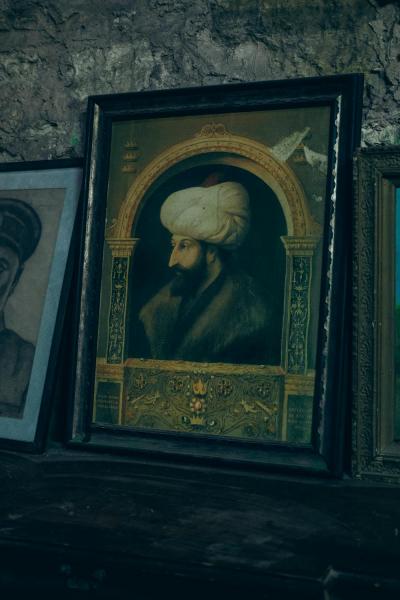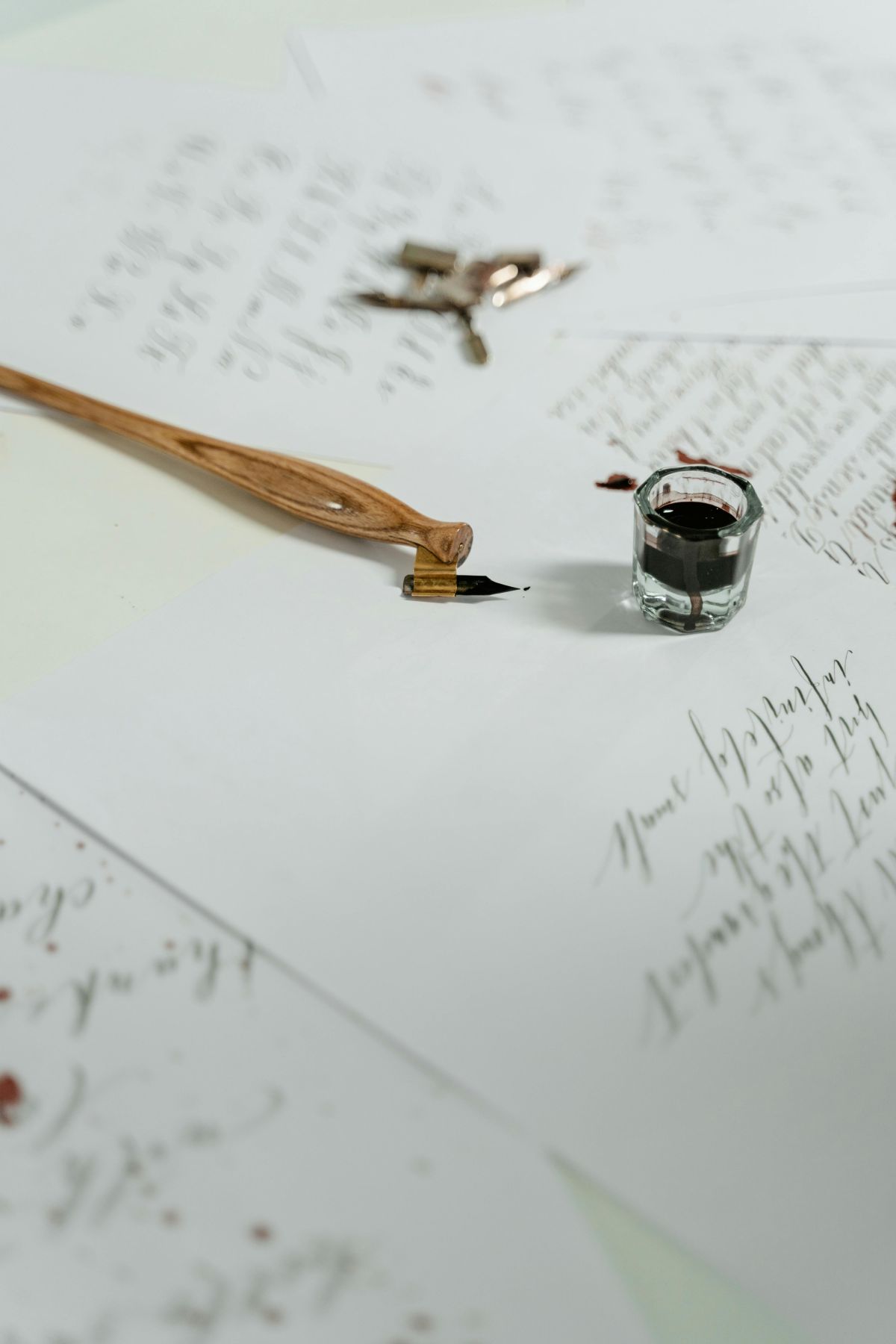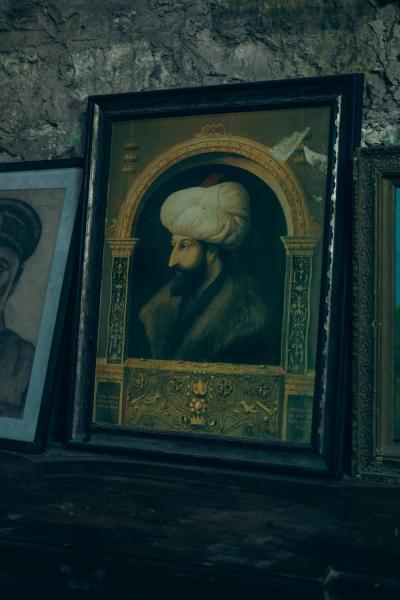In a world governed by secrets and conspiracies, spies played a crucial role in charting the course of history for the great empires and rivaling nations. Wars were not only decided by swords or cannons, but the secret ink and coded manuscripts were the hidden weapons of spies who played an active role in this, carrying the most dangerous secrets between the lines.
What is the story of secret ink? And how did spies use it in their covert wars?
Secret ink is the weapon of spies and a tool of mystery and scheming. Its use dates back thousands of years, as ancient civilizations resorted to innovative means of transmitting information without arousing suspicion.
In the Middle Ages, spies excelled in using secret ink to send military and intelligence information. One of the most famous examples of this occurred during the European wars of the 16th century, where Queen Elizabeth I used her spies to uncover conspiracies through secret messages written with invisible ink that only became visible after being exposed to chemicals.
Secret ink was not the only method of espionage and gathering information. Other techniques emerged, such as lost manuscripts, messages hidden in the soles of shoes, or concealed in secret places within palaces and other locations. Some of these mysterious manuscripts, which have not yet been decoded today, became famous, such as the "Voynich Manuscript," which some believe to be a cryptic and dangerous espionage document discovered in 1912 at the Mondragone Villa in Italy, before being moved to Yale University in the United States. This manuscript contains symbols and coded drawings in five main sections, and no one has yet cracked its code.
Secret ink had a significant impact on the course of history. From the fall of empires to the outbreak of revolutions and the birth of certain nations, secret ink and coded manuscripts played a pivotal role in conveying crucial information. During World War I, the great powers used secret ink to exchange messages between spies. During the Cold War, these methods evolved to include sophisticated chemical inks that could only be detected through advanced techniques.
In conclusion, despite technological advances, some intelligence agencies still use secret ink techniques, albeit in more advanced forms. Secrets do not die; they simply take on new forms, and spies continue to walk in the shadows, carrying with them a legacy of ink and manuscripts. Perhaps the tools have changed, but the war of secrets has never stopped, and it will never stop.
 French
French













